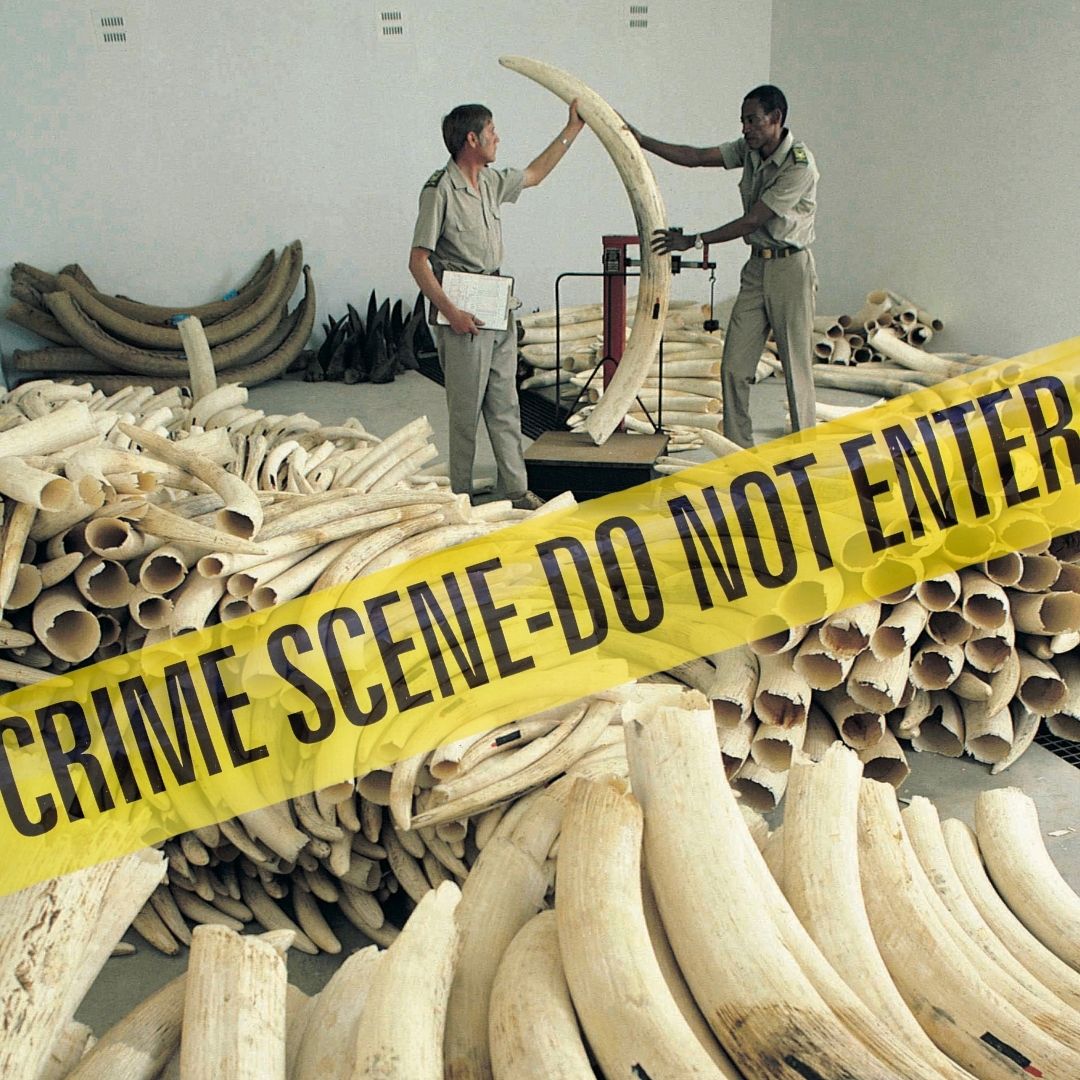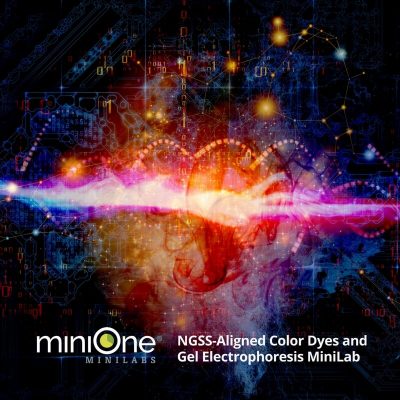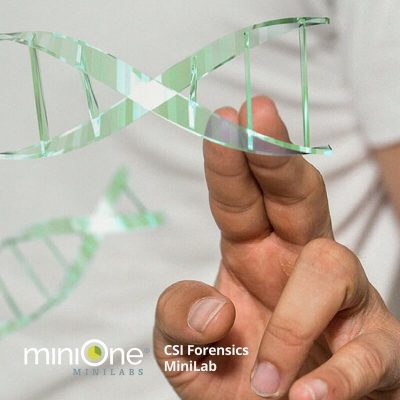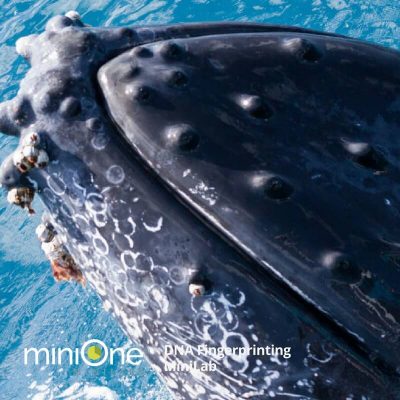Description
The majestic elephants are a keystone species in the African ecosystem, but are targeted for their prized ivory by humans resulting in severe population decline. Poaching is illegal, but the ivory black market is so lucrative that poachers see it as a risk worth taking.
Explore how genetics can be used in modern conservation efforts! In this lab students take on the role of a Wildlife Crime Scene Investigator. A cache of elephant tusks has been confiscated and it is their job to identify the elephant population that they came from using electrophoresis and using an elephant database to look up the DNA profiles. By pooling classroom data students can identify where the hotspot(s) of poaching are happening.
As an extension students can also look into how elephants have adapted to being hunted in excess.
This MiniLab is based on the Elephant Ivory Cache activity from the Science Education Partnership (SEP) program at the Fred Hutch Cancer Center in Seattle, WA. The SEP program provides additional lesson materials for this lab as well as extensive curricular materials as part of a broader Elephant Conservation: Ivory Cache unit. These resources can be found at the Science Education Partnership.
The entire hands-on wet lab can be completed in the span of a single classroom period. Ideal for AP Environmental Sciences, AP Biology.
Materials Included in each Elephant Ivory Expedition MiniLab:
Each MiniLab contains enough materials for 10 workstations, 2 – 3 students per workstation.
- Ten 1% agarose GreenGel™ Cups
- Four DNA samples
- MiniOne Universal Marker
- One bottle of 100 mL Tris-Acetate-EDTA (TAE) buffer concentrate, enough to make 2L of running buffer
- One bag of 0.65 mL microcentrifuge tubes
- One bag of 2 – 200 µL micropipette tips
- Access to the digital Teacher’s guide






